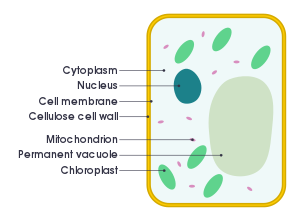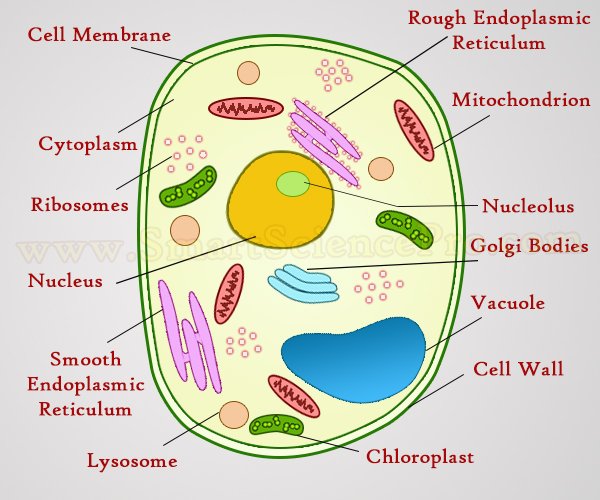1.2 Describe the Common Features Shown by Eukaryotic Organisms: Plants, Animals, Fungi & Protoctists
1.2 Describe the Common Features Shown by Eukaryotic Organisms: Plants, Animals, Fungi & Protoctists
Plants:

- Multicellular organisms.
- Cells contain chloroplasts and are able to carry out photosynthesis.
- Cells have cellulose cell walls & store carbohydrates as starch or glucose.
Animals:

- Multicellular organisms.
- Cells do not contain chloroplasts and are not able to carry out photosynthesis.
- Cells have no cell walls.
- They usually have nervous co-ordination and are able to move from one place to another.
- Often store carbohydrates as glycogen.
- e.g. mammals (humans) and insects (housefly and mosquito).
Fungi:
- Organisms that are unable to carry out photosynthesis.
- Body is usually organised into a mycelium made from thread-like structures called hyphae, which contain many nuclei.
- Some examples are single-celled.
- Their cells have walls made of chitin.
- They feed by extracellular secretion of digestive enzymes onto food material and absorption of the organic products - this is known as saprotrophic nutrition.
- They may store carbohydrates as glycogen.
- e.g. Mucor:
- has the typical fungal hyphal structure, and yeast, which is single-celled.
Protoctists (protozoa):
- Microscopic single-celled organisms.
- Some like Amoeba (that live in pond water) have features like an animal cell.
- Others, like Chlorella have chloroplasts and are more like plants.
- A pathogenic example is Plasmodium, responsible for causing Malaria.



No comments:
Post a Comment